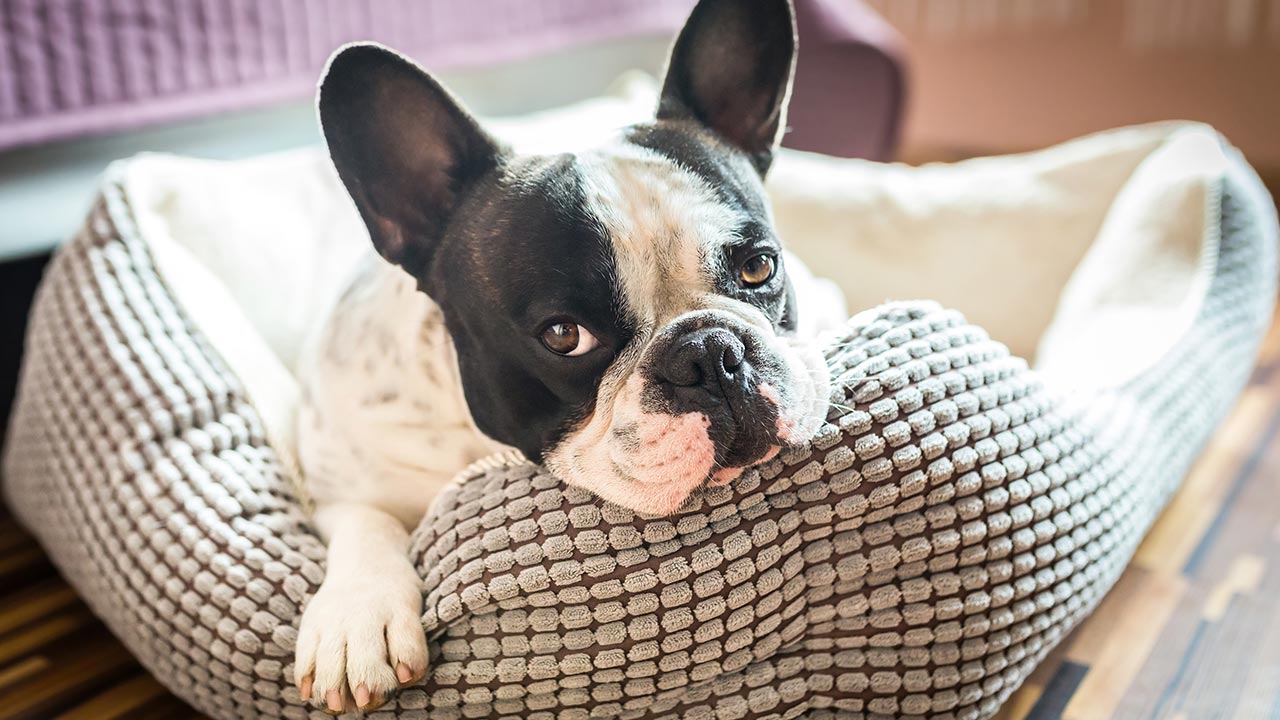
Pets are much more than just animals – they’re part of the family and should enjoy your home just as much as you do. The thing is, pets can be messy, smelly, and can even cause damage to your home. Sometimes they may not even be comfortable or safe in your home if certain adjustments aren’t made for your furry friend.
It’s estimated that more than one-third of all U.S. households own pets, but they’re often not considered when any home improvements are made. Your home can still be pet-friendly without having to sacrifice style.
Here are some tips to make your home a lot more comfortable for your pet.
Use Stain-Resistant Fabrics
It’s no secret that pets have a knack for leaving patches of stains behind, especially on textiles that are tough to clean. Instead of outfitting your home with fabrics that are more easily ruined or attract a lot of pet hair, such as silk or velvet, consider fabrics that are more resistant to stains and are a lot easier to keep clean.
When it comes to the sofa, leather works quite well as it can be easily wiped clean. Of course, there’s always the risk that it can be scratched by sharp nails, so keep that in mind. Ultrasuede is another fabric that makes sense for use on upholstery when there’s a pet in the home, as it’s rather resistant to stains and can be washed clean quite easily.
Crypton fabric is something you might also want to consider. It’s a synthetic material that’s both stain- and germ-resistant that was created specifically with pet owners in mind. You can use it for furniture covers, pillows, and even your pet’s bed, and it comes in all sorts of colors and patterns for you to choose from.
Use Pet-Resistant Flooring
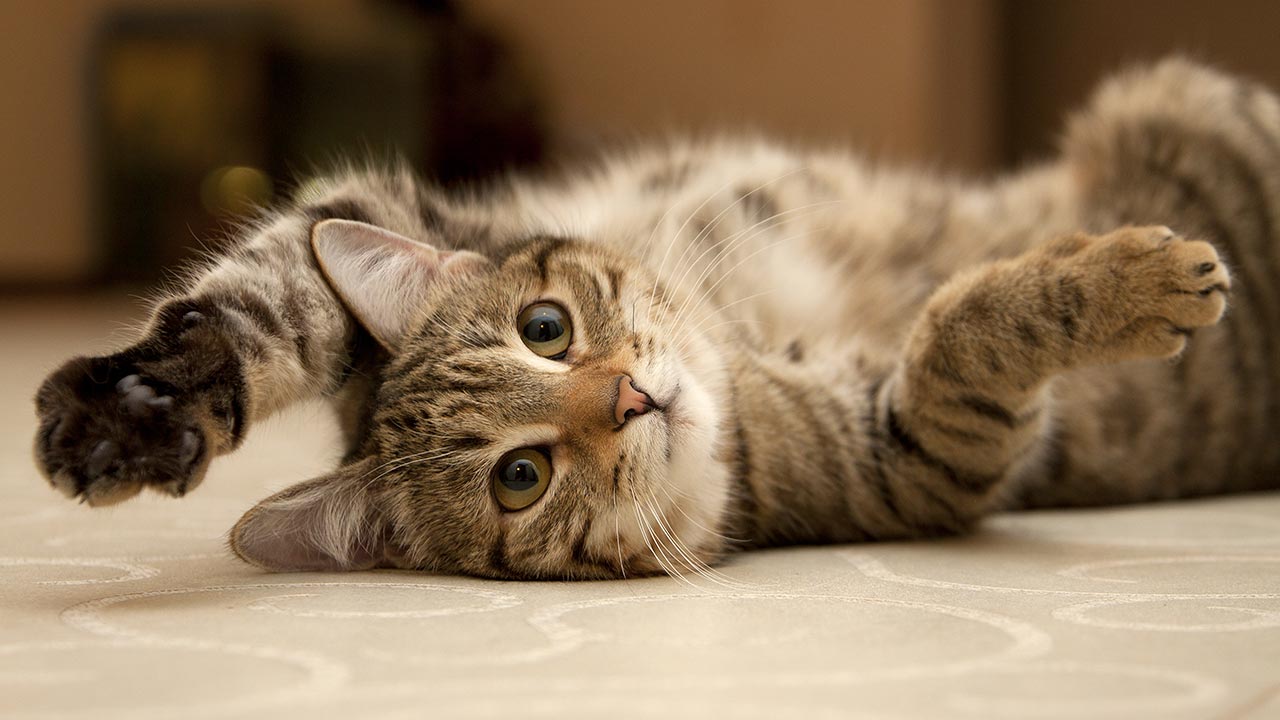
Wall-to-wall carpeting is not ideal for obvious reasons. It’s easily stained, absorbs bad smells, and is a magnet for pet hair. If at all possible, forego carpeting in your home. If you must have it, at least go for low-pile carpeting which doesn’t trap pet hair as easily and is much simpler to clean if your pet ever has an accident.
A hard surface is better, as it’s easier to mop and keep clean and shouldn’t absorb any stains. Hardwood is a great option, but just make sure the type that you choose doesn’t show scratches very well. Hardwood that’s grainy or is neither too light nor too dark is ideal for pets in the home.
Ceramic tile is probably your best bet for hard flooring if you’ve got pets in the home, especially large dogs. It’s resistant to stains, easy to clean, and isn’t vulnerable to scratches from sharp nails.
Designate a Space of Their Own
Every family member needs their own space which is why it’s typical for everyone to have their own bedroom to retreat to. Your pet needs that same level of privacy sometimes when they can just be on their own without the confusion of anyone else around them. If possible, pets should be given a space that they can retreat to whenever they just want to chill out on their own. Pick a spot that’s out of the way of heavy traffic, is quiet, and is a place that you won’t mind getting a little dirty.
Keep Hazards Out of Reach
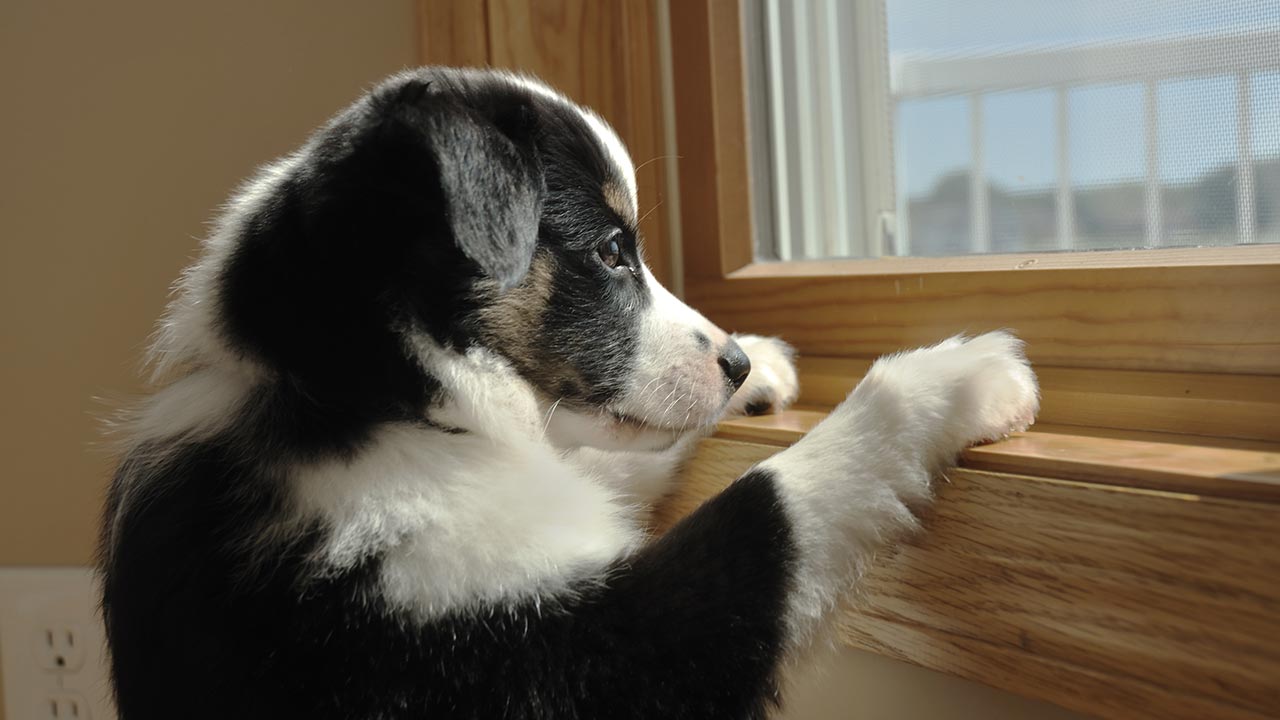
Just like with little curious kids, pets should not have easy access to any potential hazards, such as medications or cleaning products. Keep these items stored in hard-to-reach places and secure them with a locked door if necessary. Any cords from window treatments and electrical wires should also be secured so that there’s no risk of strangulation or electrocution.
Try to Match Your Decor With Your Pet’s Hair
Lots of animals shed, which can result in the constant need to vacuum. However, you’ll probably find yourself having to vacuum a lot more often if the surfaces that your pet lays around on is the opposite color of their hair. A dark floor will certainly show all that white cat hair from your feline friend, for example.
If you can, try to match the color of your surfaces with your pet’s hair. If you’ve got a black dog, cover your sofa with a black sofa cover. If you’ve got a gray cat, consider gray hardwood flooring, or at least a gray, low-pile area rug. With opposite colors, you can be certain that you’ll see pet hair everywhere, all the time.
Create a Cat Litter Cabinet
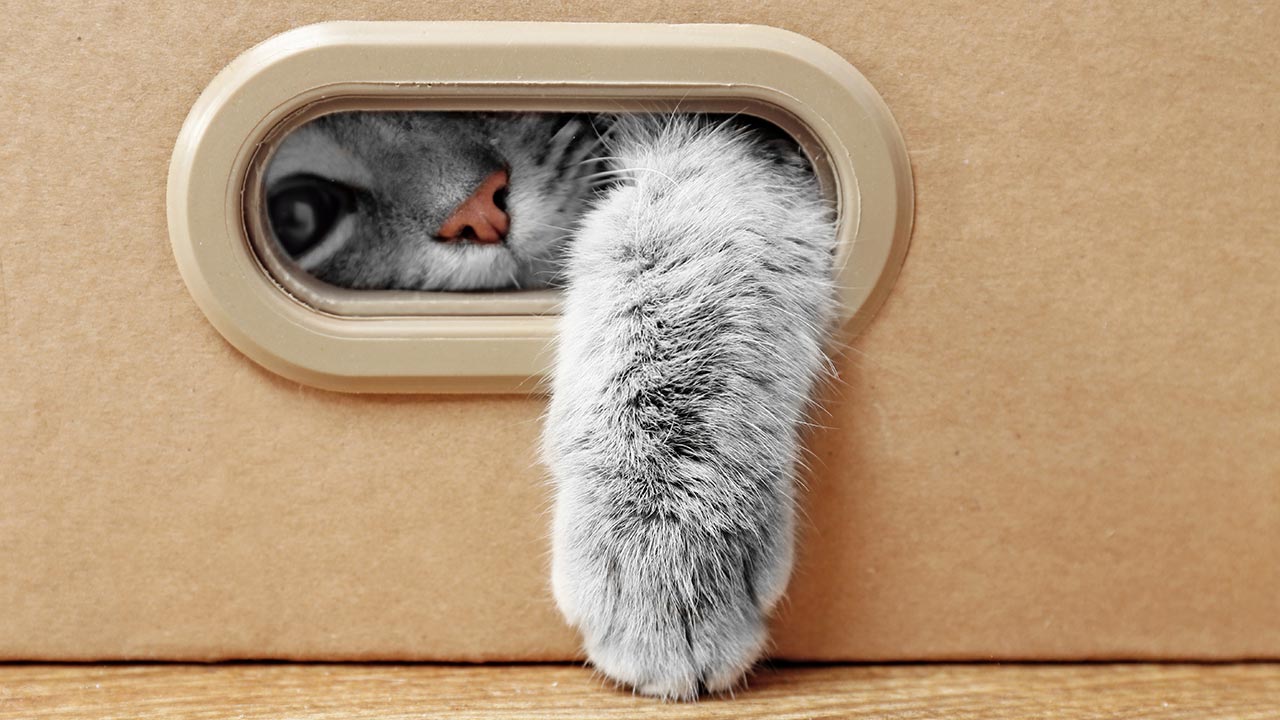
Cat litter boxes are not exactly the most pleasant thing to look at and should therefore be kept somewhere out of sight. However, you can also get a little creative and build your feline friend a cat litter cabinet of her own that she can use in privacy that’s both practical and decent-looking.
Set Up a Pet-Friendly Entrance/Exit
When your pet comes in the house after being outdoors, odds are they’ll be tracking some dirt in, which can wreak havoc on the cleanliness of your home. Try to set up a “mud room” for your pet at an entrance so that it can be cleaned before entering the rest of the interior.
Ideally, the flooring in this space should be tiled and a pile of stain-resistant towels should be stacked on shelving for quick access. If possible, consider installing a little pet shower where they can be completely bathed without having to mess up your bathroom for this purpose.
Install a Secure Pet Door
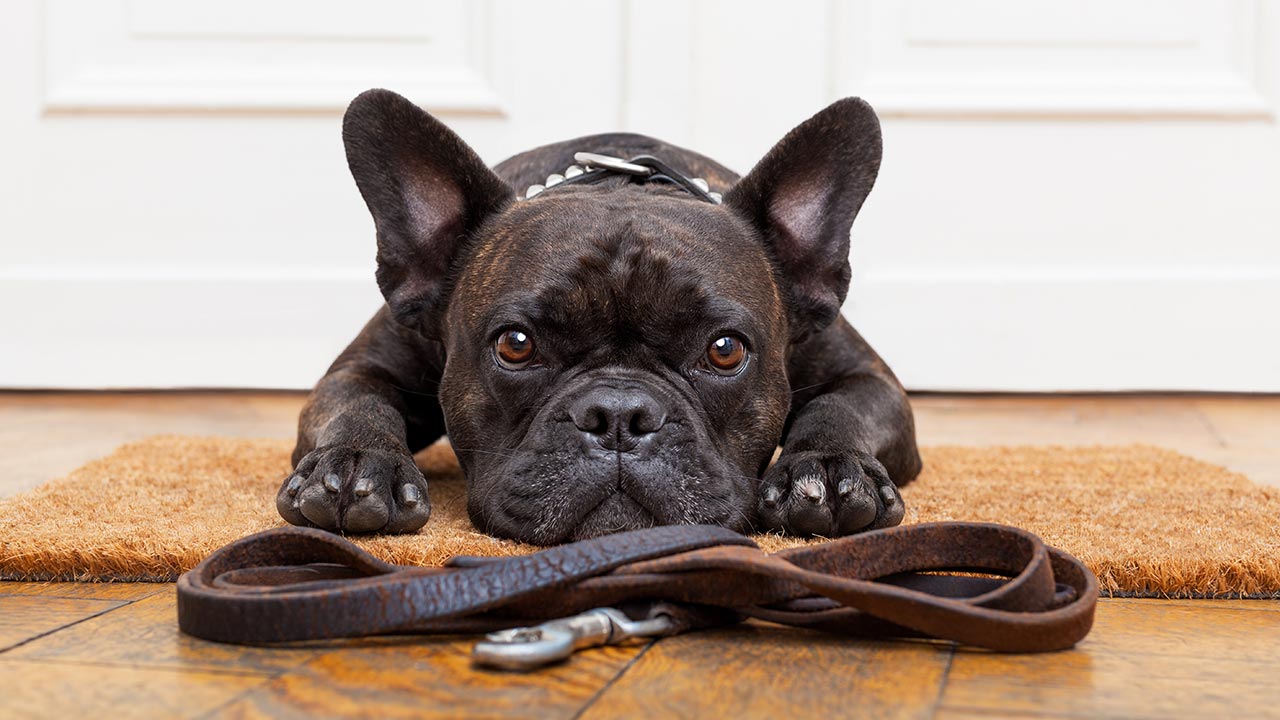
Cats and dogs need to go outside for some fresh air and to get some exercise. But sometimes it can be hard for your pet to get your attention when the need to go outdoors arises. You can make things easier for both of you by installing a pet door that they can use to enter and exit the home on their own – as long as your backyard is fully enclosed, of course.
Doggy doors don’t have to be unsecured or unsightly like they used to be. There are many handymen out there who specialize in these types of doors that are safe without sacrificing your home’s decor.
Safeguard Your Backyard
If your pet is left alone to play in your backyard, make sure it is safe and secure. As mentioned above, the perimeter of your yard should be totally closed off and fenced in so there is no way for your pet to escape nor allow anyone in. It should also be free of any hazards, such as sharp tools, poisonous fluids, or fertilizers. In addition, be sure that there are no plants in your yard that can be toxic to your pet, such as ivies, tulips, lilies, and daffodils.
The Bottom Line
Just because you have a pet doesn’t mean your home needs to be sacrificed. There are plenty of savvy ideas that you can implement in your home that can keep it looking stylish while still safe and comfortable for both you and your pet. Be considerate about how your pet uses your space day in and day out, and try to implement changes to your home’s decor that will fit both your pet’s and your family’s lifestyle in a comfortable and practical way.